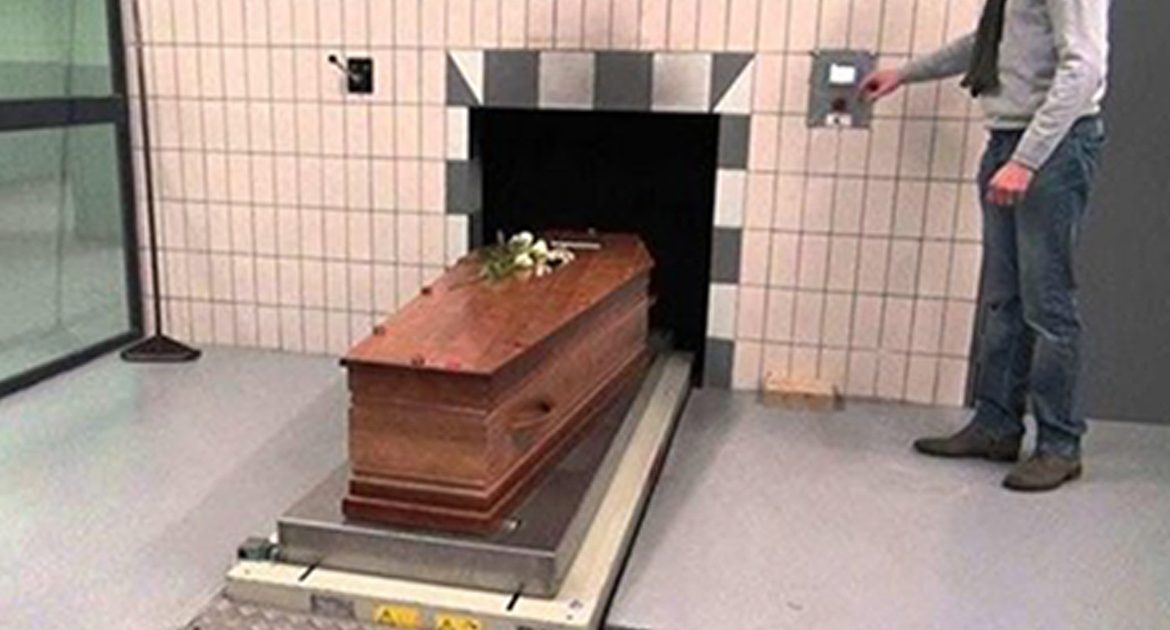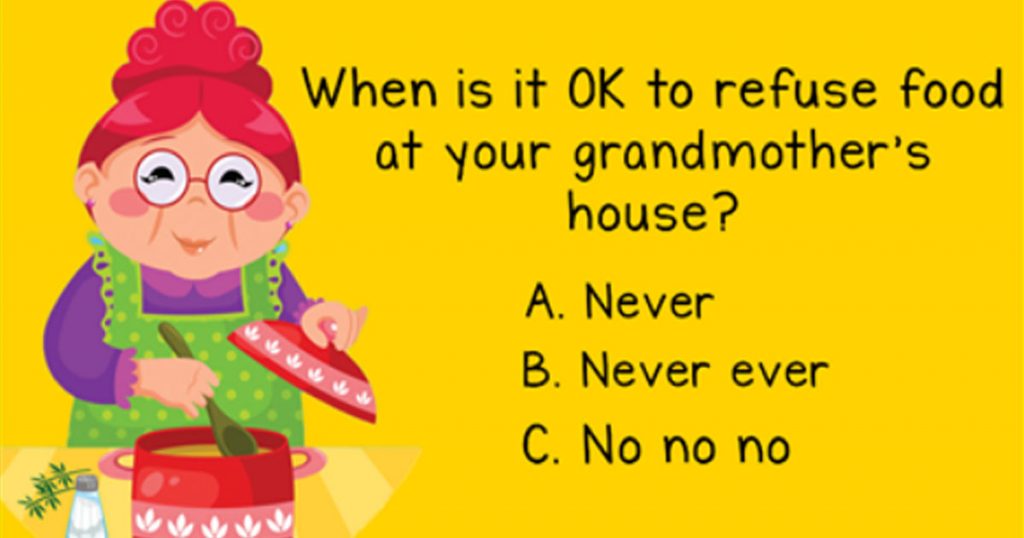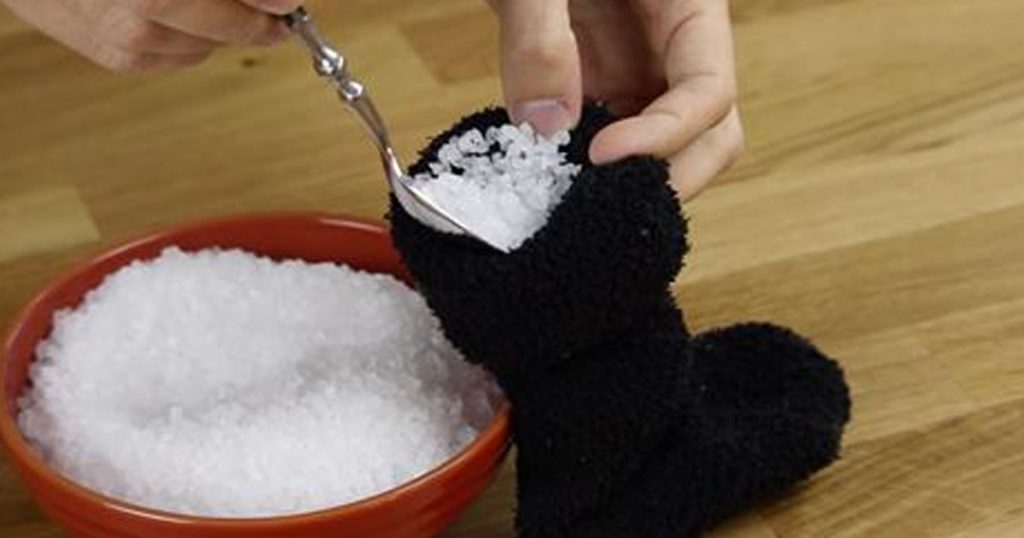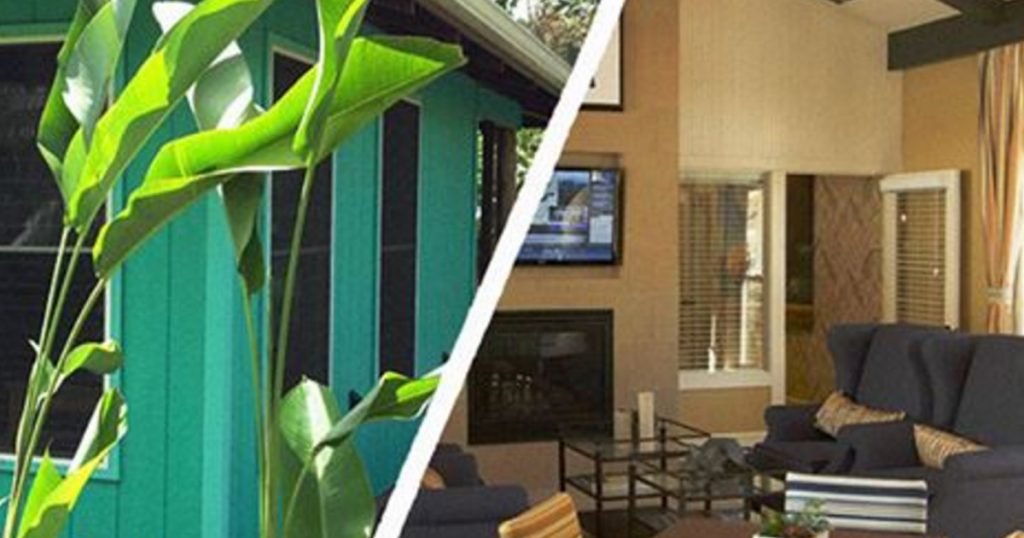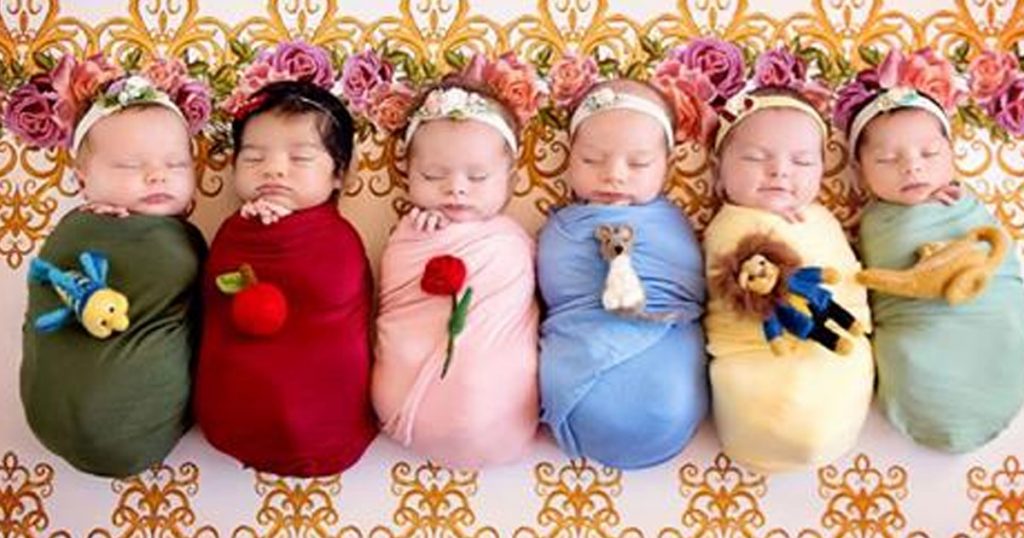What happens after death? No, literally, what happens after you die? Whether it is a burial or a cremation, most people wonder what actually happens after death. Although some families prefer burials since it leaves the body intact, others recommend a cremation since it takes up far less land.
But what really does happen to the human body after death and how does it get ‘restored’ for the viewing process? And if a cremation is to be performed, how is the body prepared for that process?
In this article, we will look at how the body is prepped for a cremation.
Read to find out.
Cremation is a method in which human remains are taken care of. It is the process where these human remains are reduced to a fine ash.
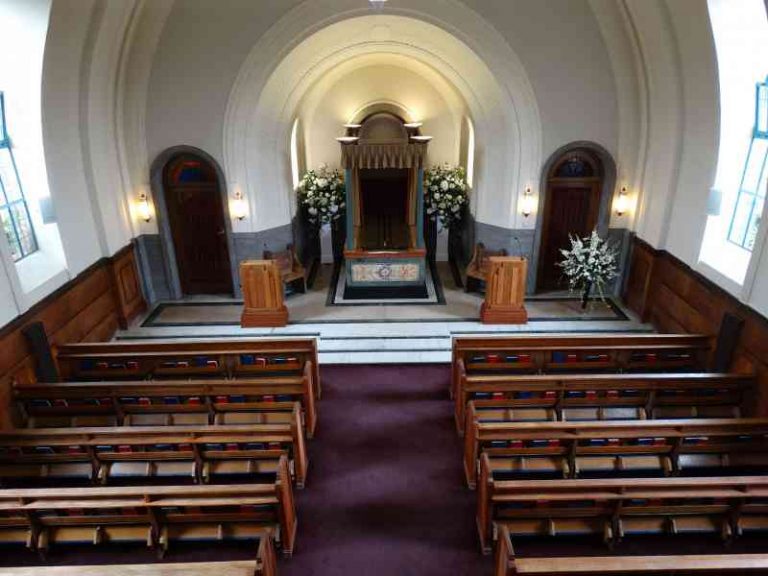
The cremation process can be extremely dangerous even after death. If the deceased has a pacemaker it can cause an explosion inside the cremator.
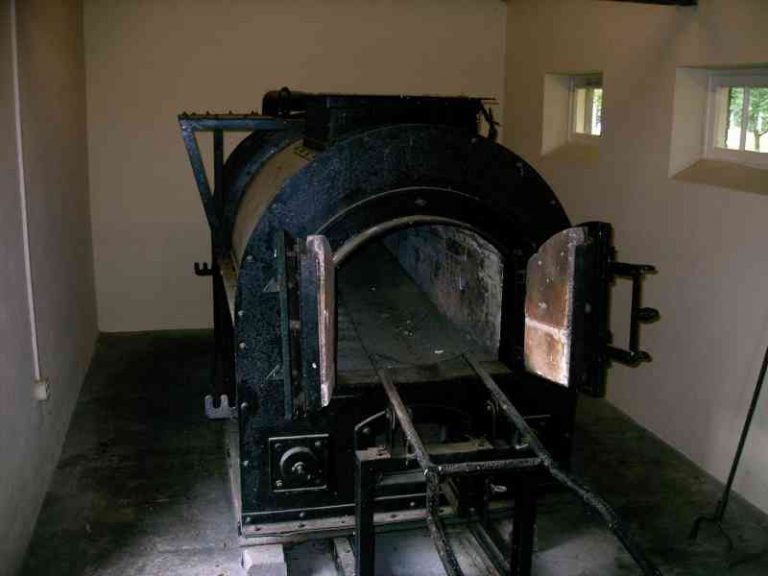
Furthermore, some implants can cause the release of hazardous gases so those need to be removed or acknowledged. Valuable jewelry is also removed.
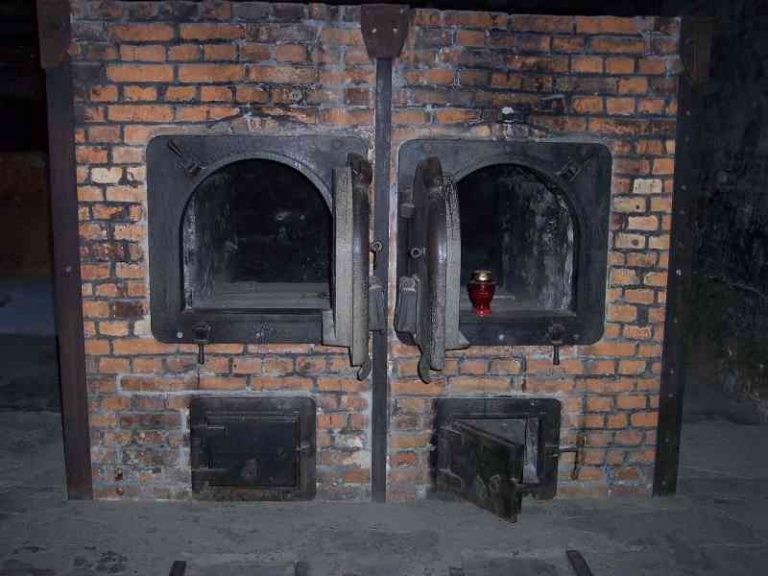
The cremation chambers have a temperature of between 1,400 and 1,800 degrees Fahrenheit. The outer layer is made of industrial brick which can withstand such high temperatures.
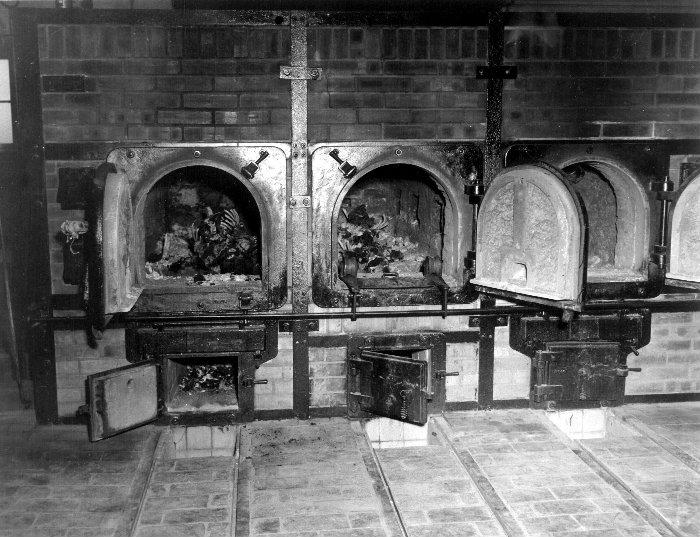
The chamber holds only one body at a time with very few exceptions. Cases such as a deceased mother with a stillborn child are one of the very few instances where more than one body can be cremated at a time.
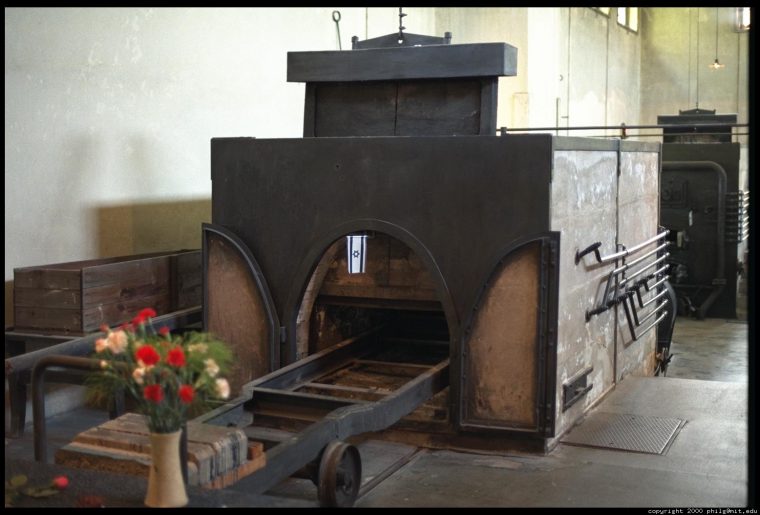
In most cases, however, it is illegal to burn multiple bodies at the same time in the same cremator.
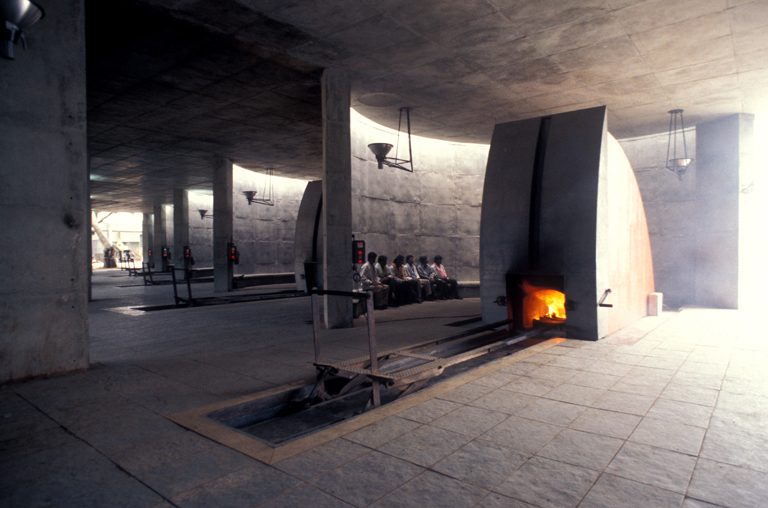
The body is placed inside a combustible coffin which will then be placed inside the cremation chamber. (The cremation chamber is also called a retort.)
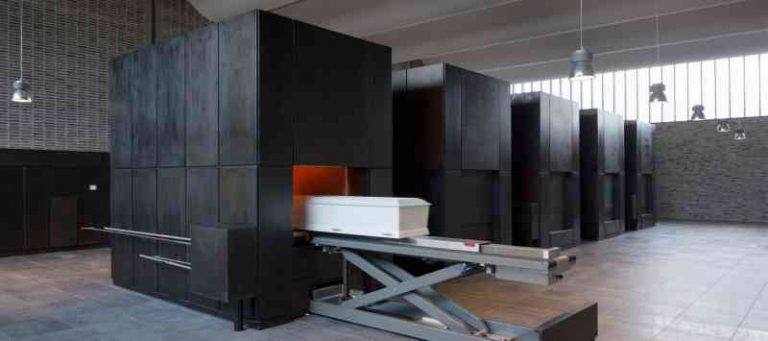
The door only opens slightly to fit the coffin and also as a method of maintaining its internal temperature.
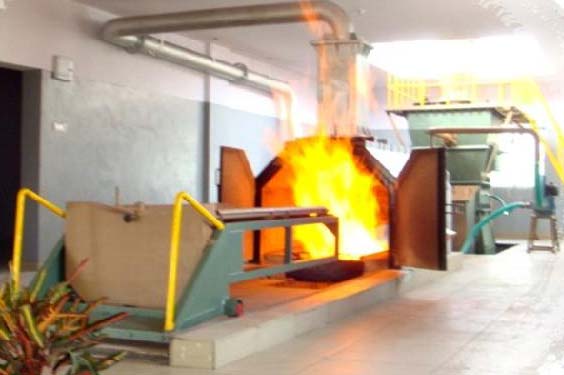
Although the cremator was once fueled by coal, it is now fueled by natural gas, propane or diesel. Once in the chamber, a massive column of flames will engulf the coffin.
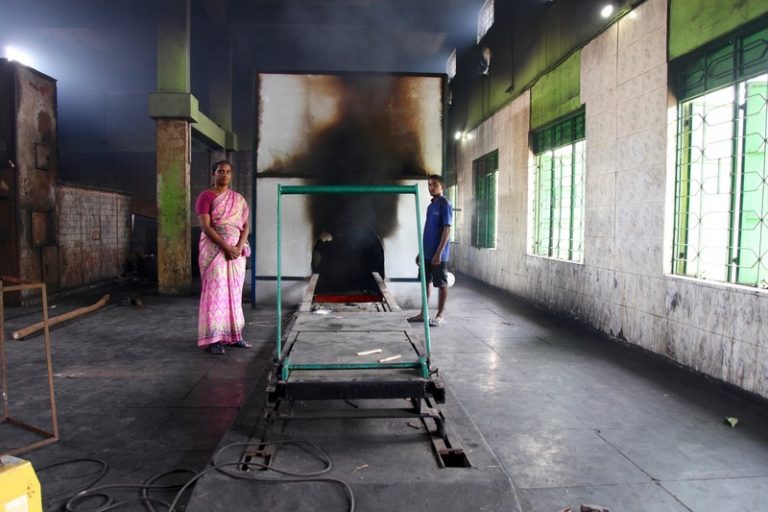
First, the coffin catches on fire, then the body itself. The skin and hair are burned off first followed by the muscles. Finally, the soft tissues are vaporized and the bones begin to calcify.

Water leaves the body rapidly in the form of steam once the body enters the chamber. Once the body has been burned to just the skeletal remains, an employee will manually crush the now brittle bones with a tool that resembles a farmer’s hoe.
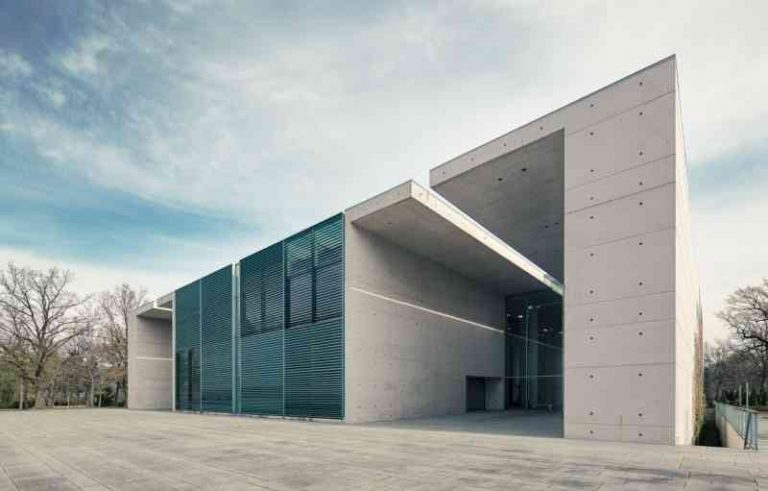
Some crematoriums have additional afterburners that can assist in reducing emissions, odors, and smoke.
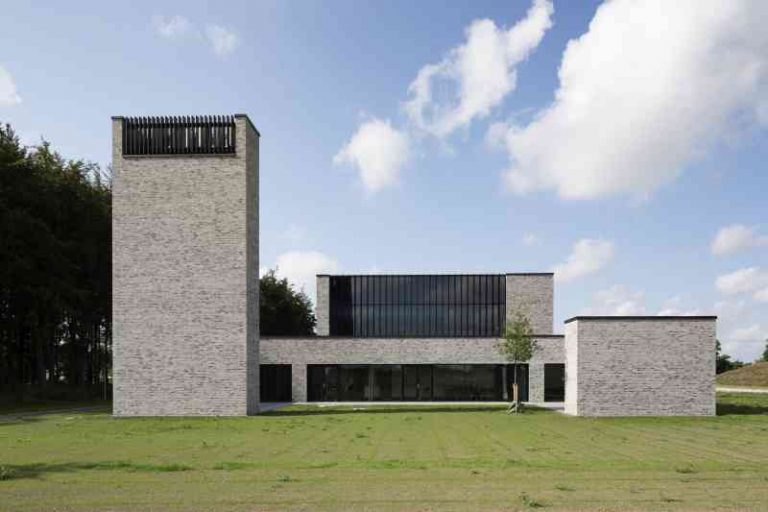
This whole process lasts two to three hours with several factors playing a vital role. Some of these include the weight of the body, the type of casket and also the average temperature of the cremation chamber.
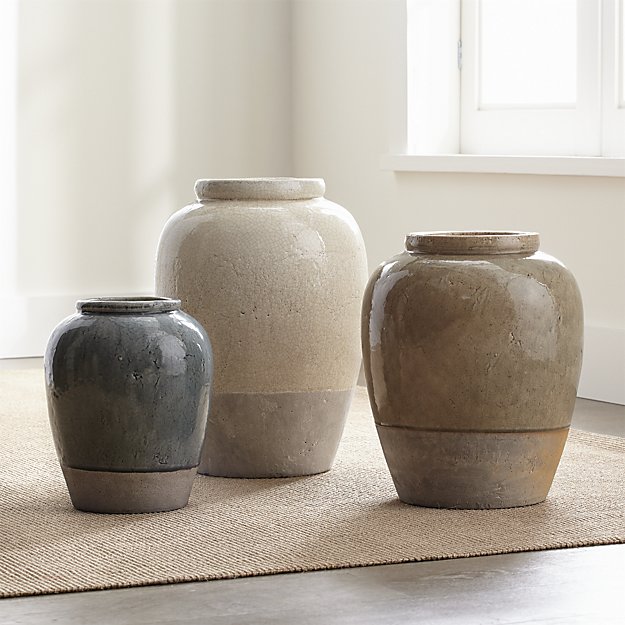
Once the body is reduced to skeletal remains and dust it is taken out onto a tray and cooled. A magnet is then employed to extract any metal pieces such as surgical screws or fillings that may be leftover.
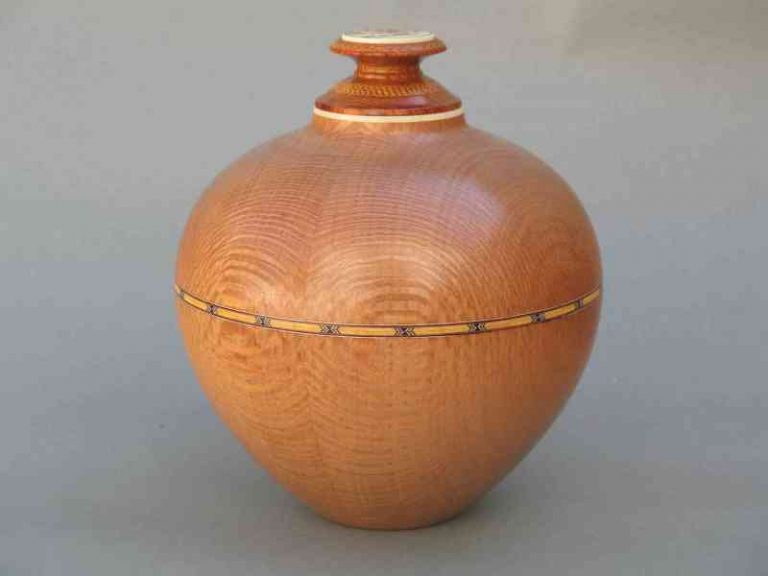
One of the last steps is the use of a cremulator. A cremulator is a blender-like machine that grinds down any remaining bones into a fine dust.
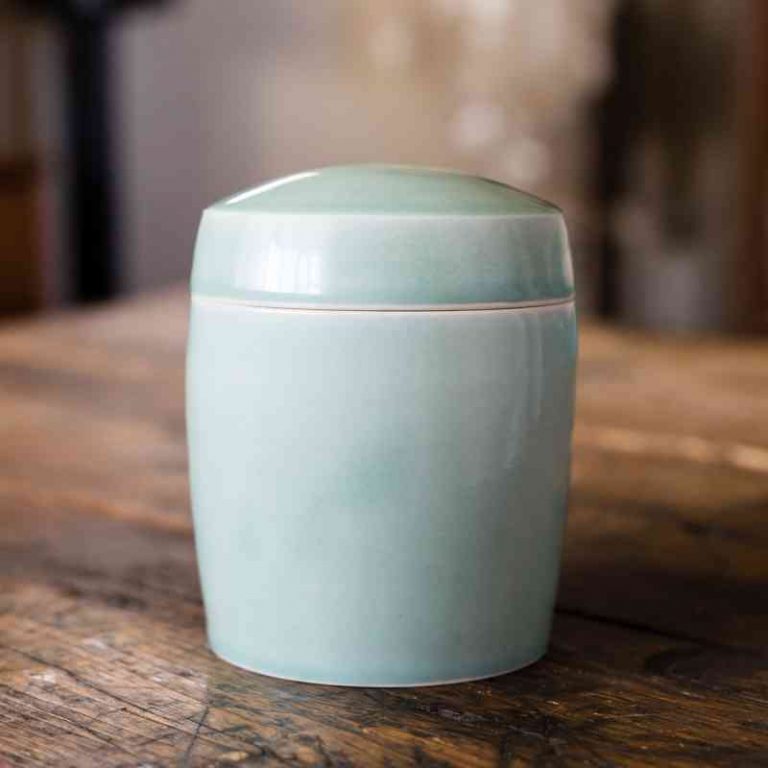
The cremated remains are placed inside an urn and given to loved ones. Usually, this is done the day of or the day after the funeral.

Click Liked Video for more great articles and be sure to Liked Video on Facebook!
